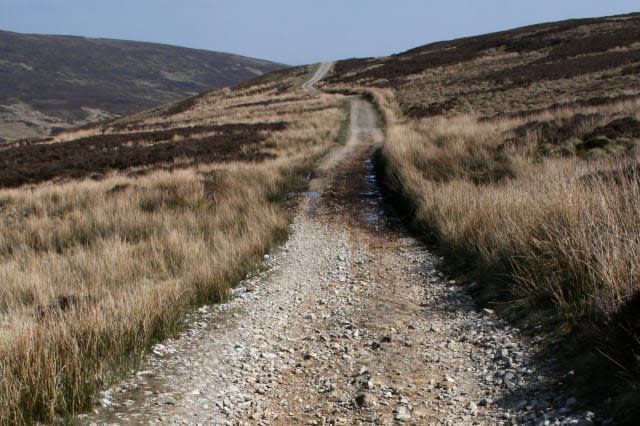Lost Roman roads revealed by flood maps

Amateur archaeologists have discovered several Roman roads in Britain using maps provided by the Environment Agency for assessing areas at risk of flooding.
The maps were created by aircraft equipped with laser scanners and revealed ancient roads in the North and South West of England.
See also: University of Leicester digs up Roman cemetery under another car park
Lidar and light detection were used by the Environment Agency to map England's landscape for decades but the data was only made freely available to the public in 2013.
Two years later, the amateur archaeologists found at least seven Roman roads, including an 11-mile track between Ribchester and Lancaster.
See also: Spotted from space! 17 lost pyramids found in Egypt
Speaking to The Times, 70-year-old David Ratledge, who is part of the group of Roman road hunters, said: "With the help of lidar we finally discovered that they had taken a very sensible and economical route via Longridge and Inglewhite to Catterall, near Garstang.
"It is a wonderful feeling suddenly to solve a puzzle you have been working on for decades."
He said the road in Lancashire is the first 'new' Roman road to be discovered in 150 years.
Writing for Romanroads.org, Mr Ratledge explained: "The road is remarkably clear in several sections - one stretch of prominent agger is even visible in Google Streetview.
"How nobody - me included - spotted it is a mystery. The distance to Lancaster from Ribchester by this 'new' road is about 23 miles."
Susan Winter, at the Environment Agency, told The Times that maps could be used for archaeology, managing forests and building computer game worlds.





